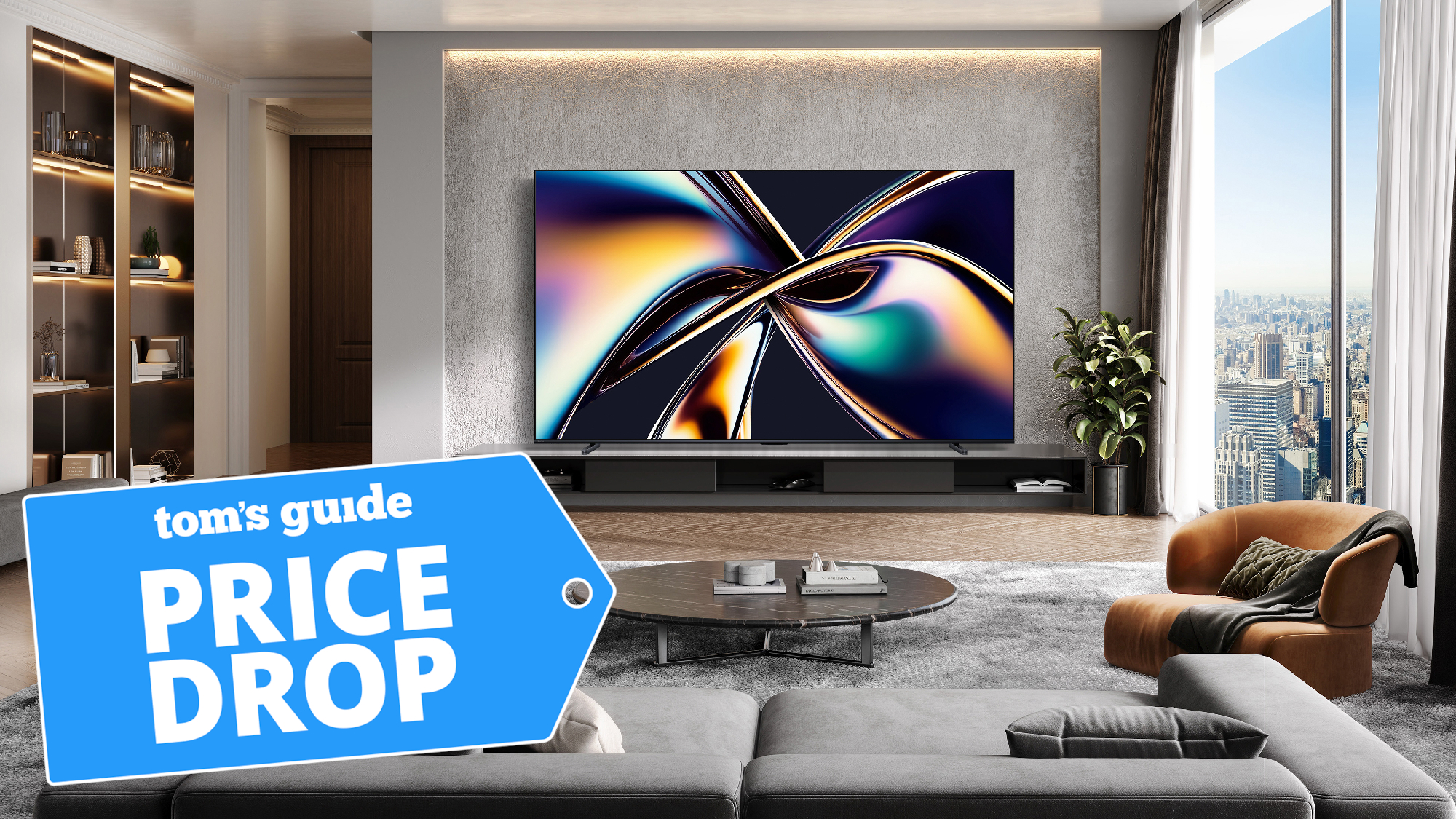The best TVs under $1000 in 2025
Our guide to the best TVs under $1,000 can help you get a great TV without overspending
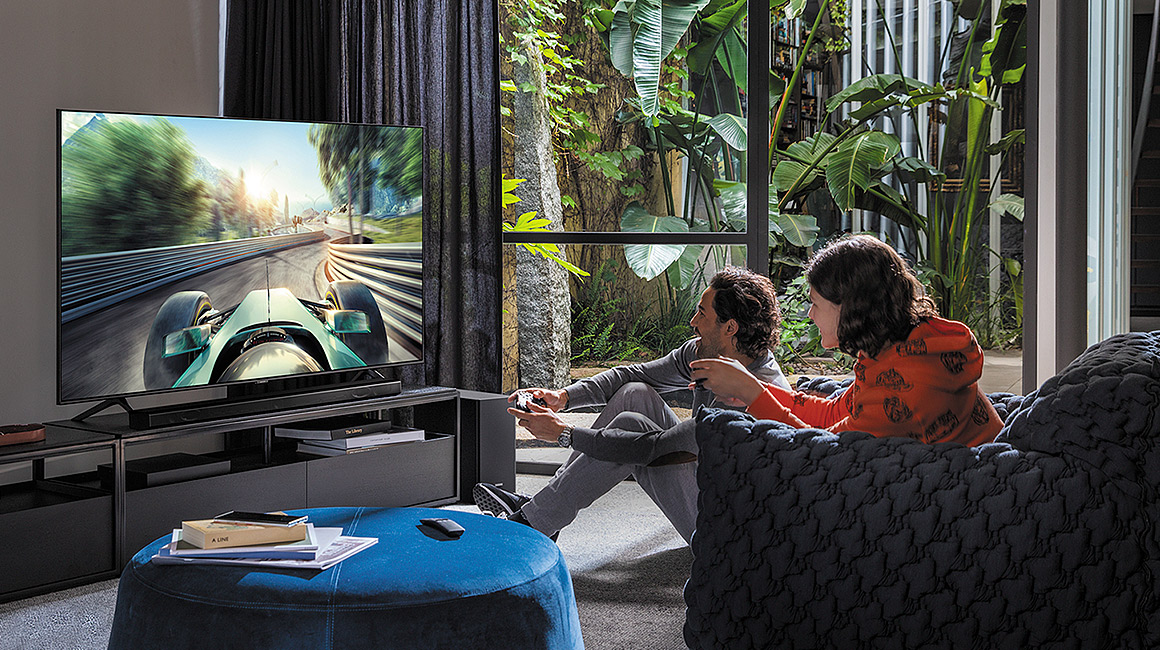
If you want a great TV and you know where to look, you can find some of the best TVs under $1,000. Honestly, most of the TVs I have in my home (and yes, I sadly have more than one in every room) cost under a grand. But I love them all the same as they still offer great performance for the price.
My favorite currently is the Hisense U8N. Not only is it one of the best TVs under $1,000, but it's among the best TVs you can buy, period.
Over the years, myself and my team at Tom's Guide has tested scores of TVs at this price point. Ready to get a striking new 4K HDR TV that doesn't break the bank? You've come to the right place.
About the author
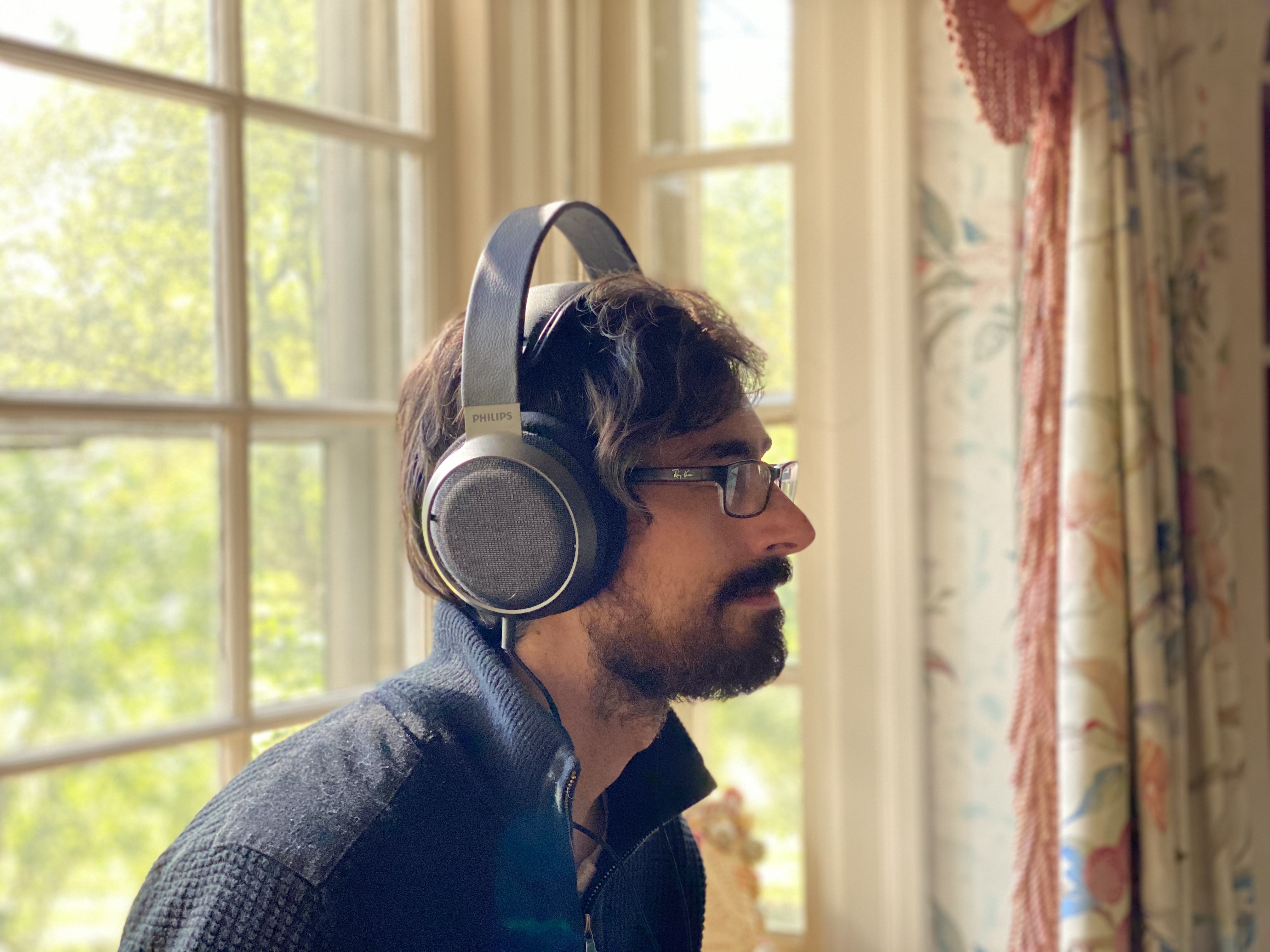
If you're like me, you love TVs of all shapes and sizes. I've been testing TVs for close to a decade (you might've read my work on TechRadar where I was Senior Editor for a number of years) and now I lead a team of smart, TV-savvy journalists here at Tom's Guide. My accreditations include THX Installation and Calibration training and serving as a Innovation Awards judge for TVs at the largest tech show in the world, CES. It also helps that I get to see dozens of TVs every year at closed-door demos and during big press events. Before my days in journalism, I helped folks just like you at a local Best Buy working in the TV department. Have a question about this guide or any other TV-related guides here on Tom's Guide? Drop me an email or find me on Twitter @PowerstancePino.
Best TVs under $1,000 available right now
Why you can trust Tom's Guide
Best TV under $1,000
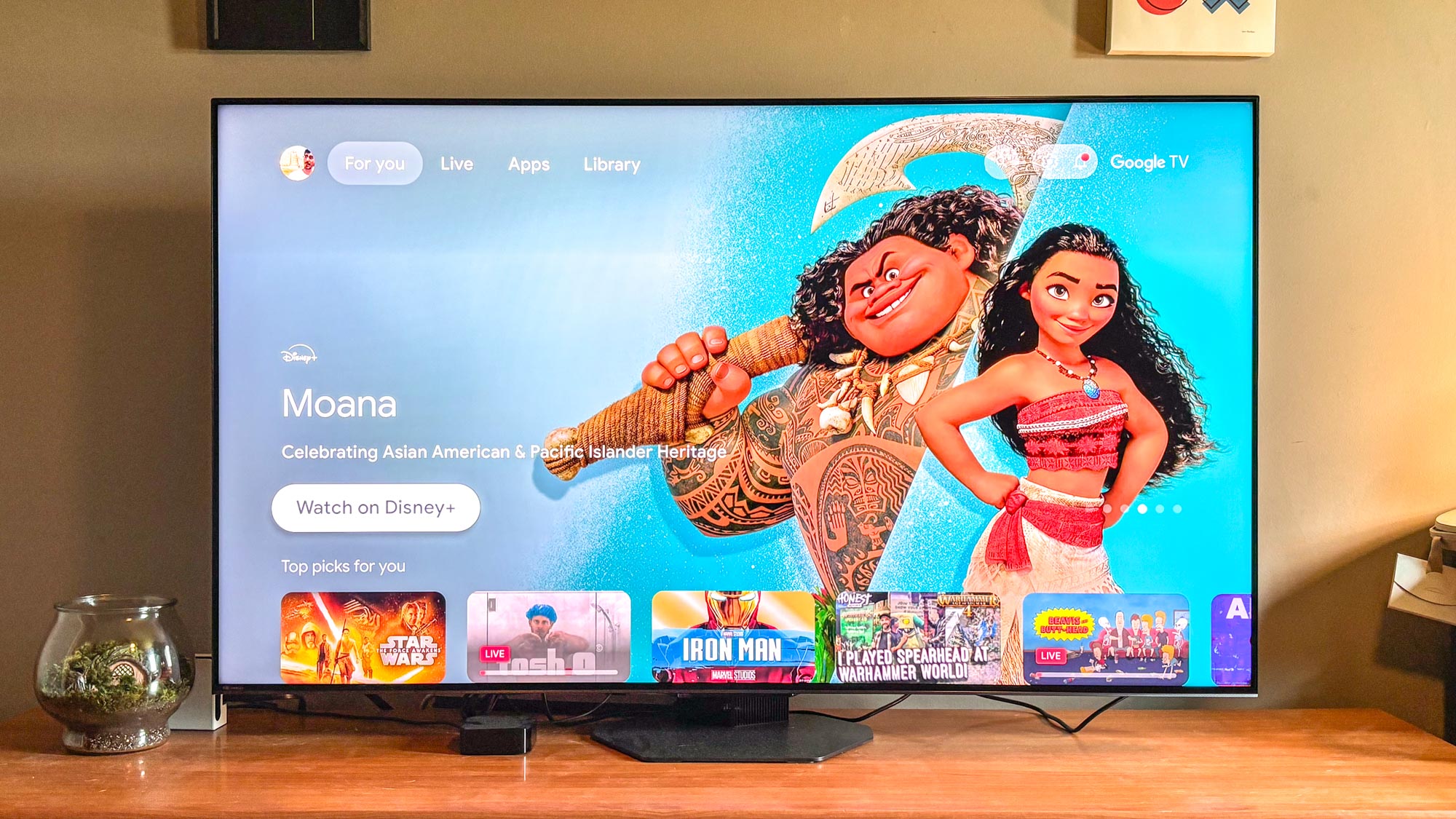
Specifications
Reasons to buy
Reasons to avoid
Given that the Hisense U8N is at the top of our lists for both the best TV and best 65-inch TV, it should make complete sense why it's also the best TV under $1,000. This is a no-compromise pick that looks like a TV that costs twice as much.
I spent over three months with this set, and it's still the TV I go back to in between reviewing new models. I find its colors to be perfectly saturated and its contrast incredible. In our lab tests, the Hisense U8N put out over 2,000 nits of peak brightness, and thanks to its Mini-LED backlight, suffered little to no light bleed.
The big compromises you have to make here are its limited HDMI 2.1 ports, of which there are only two. This isn't a big deal if you're not a gamer, but if you plan on buying the next several PlayStation and Xbox consoles, you might want to skip down to our second pick that offers four full-spec HDMI 2.1 ports.
Yes, there are always going to be better TVs if you're willing to pay two or three times as much but, at this price point, there's no better option than the U8N.
Read our full Hisense U8N review.
Best OLED TV
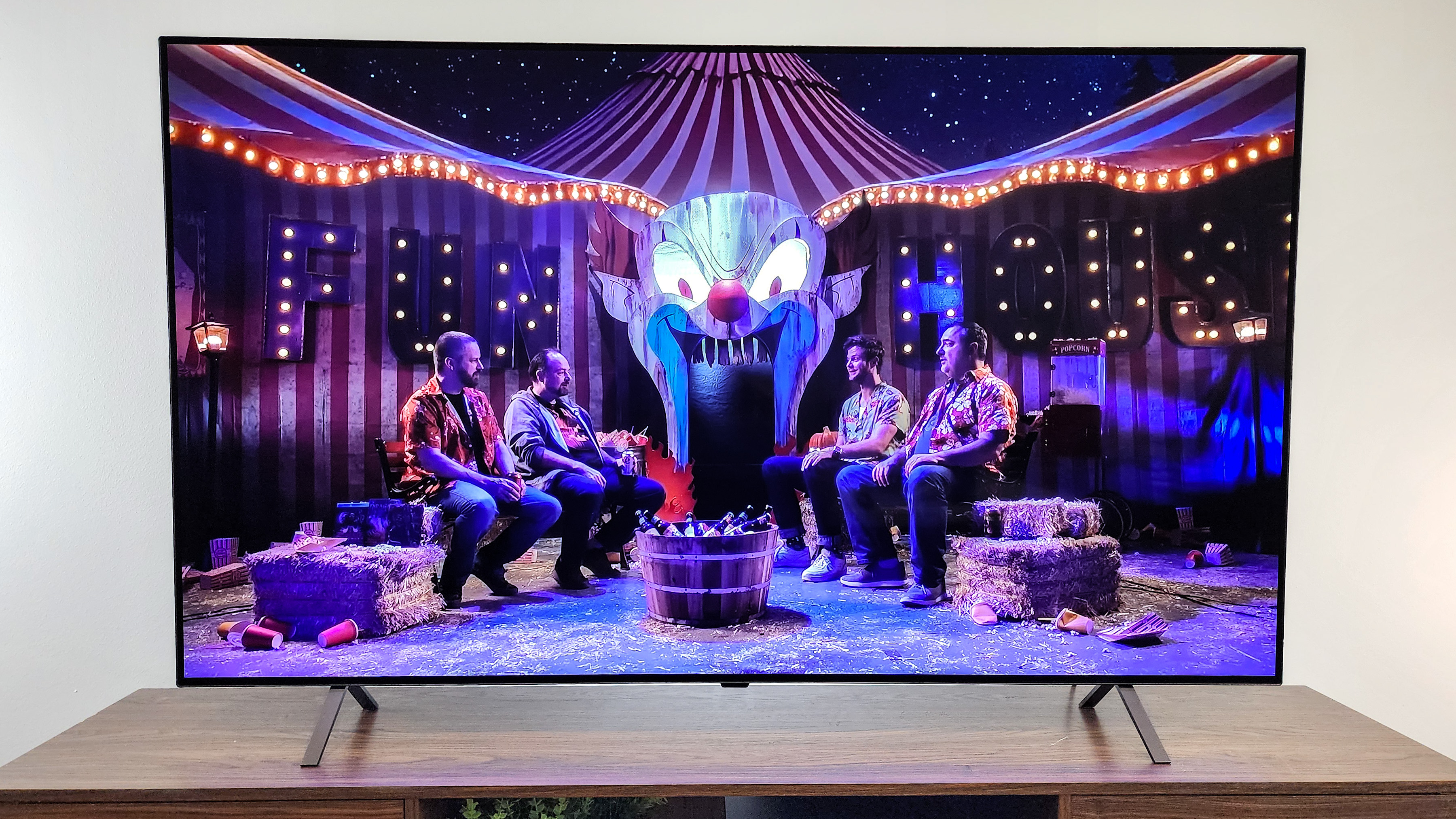
Specifications
Reasons to buy
Reasons to avoid
If you're looking for a show-stopping TV for under $1,000, consider the LG B4. It's LG's entry-level OLED TV from 2024, and right now, you can land a 55-inch model for just below $1,000. In addition, the 48-inch B4 is currently available for around $800.
The B4's best asset is its OLED display, which allows for perfect black levels and ultra-accommodating viewing angles. Even at this price point, the B4's high-contrast picture is impressive; its inky black levels help elevate its relatively dim highlights (which we clocked around 660 nits).
When we evaluated the 65-inch B4, we were impressed with its picture processing, particularly its motion handling. Fast-paced action movies and sports looked especially good in our lab. It's also worth noting that, in LG's Filmmaker mode, the B4 offers fantastic out-of-the-box color accuracy. Movie enthusiasts and home theater aficionados will love this. Despite the fact that we tested the 65-inch version, we still expect to see similar results across the 55- and 48-inch models.
We're willing to bet that most dedicated gamers will love the B4, too, as it offers most of the gaming enhancements found on higher-end LG OLEDs (support for 4K gaming across all four HDMI 2.1 inputs, for instance).
For most people, the B4 is a great compromise. It isn't as impressive as a higher-end OLED, but it nevertheless offers an impressive picture at a reasonable price.
Read our full LG B4 OLED review.
Best for gaming
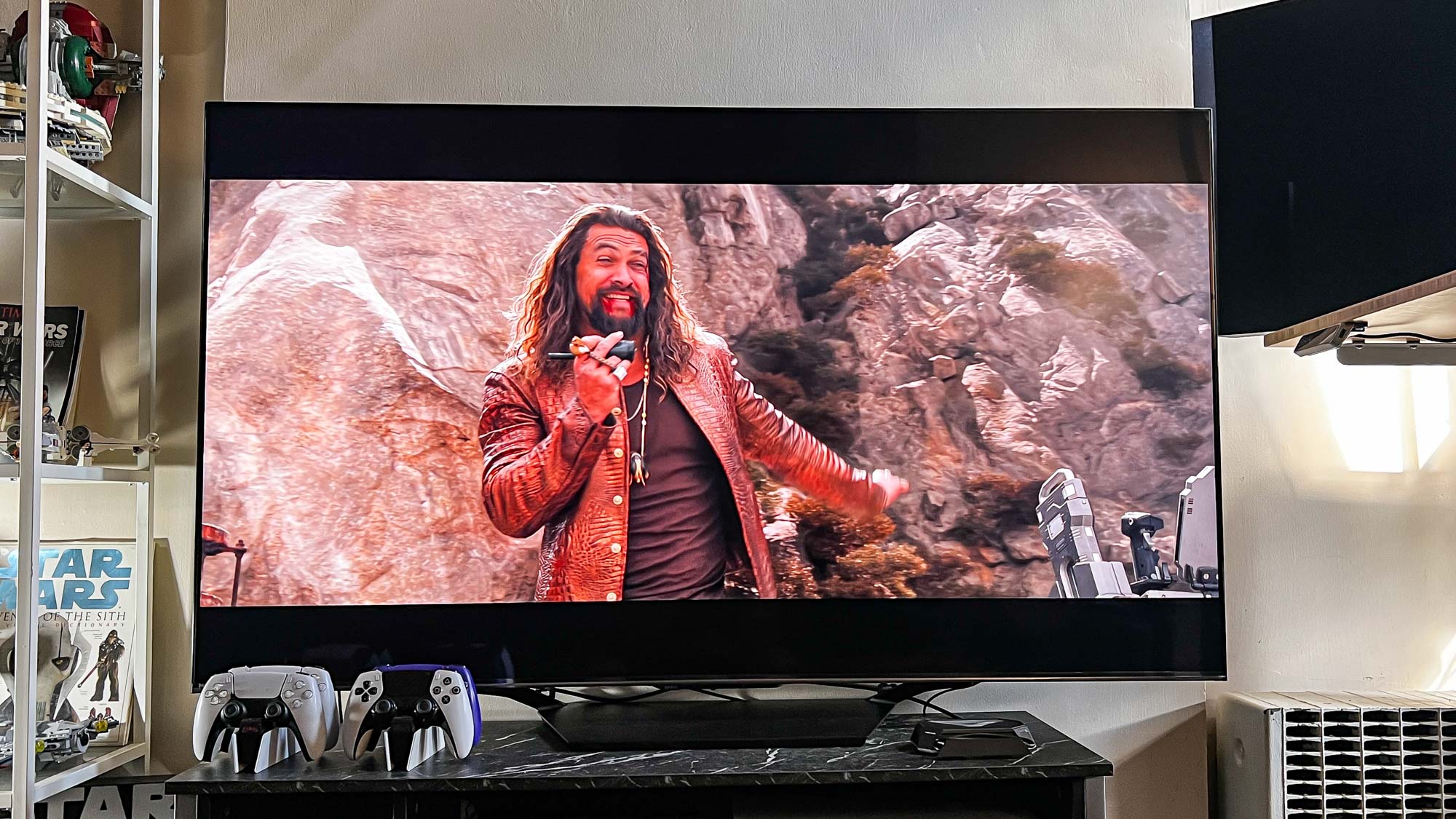
Specifications
Reasons to buy
Reasons to avoid
This is Hisense's mid-range Mini-LED TV for 2024. It's not as bright as the higher-end U8N (nor is its local dimming as precise), but it's a great option for gamers and home theater enthusiasts looking to spend less than $1,000 on an upgrade.
Right now, the 65-inch Hisense U7N can be found for around $700 to $800. The 55-inch model is even more of a bargain at around $600.
In addition to its excellent contrast and color, the U7N is a thrifty way for gamers to secure sought-after features on a budget. These include VRR and support for 4K gaming up to 144Hz. Like the U8N, these features are only available on two of the U7N's HDMI inputs.
Still, the U7N is a good fit for gamers who are looking to spend a little less than they would on the higher-end U8N.
Read our full Hisense U7N review.
Best Roku TV
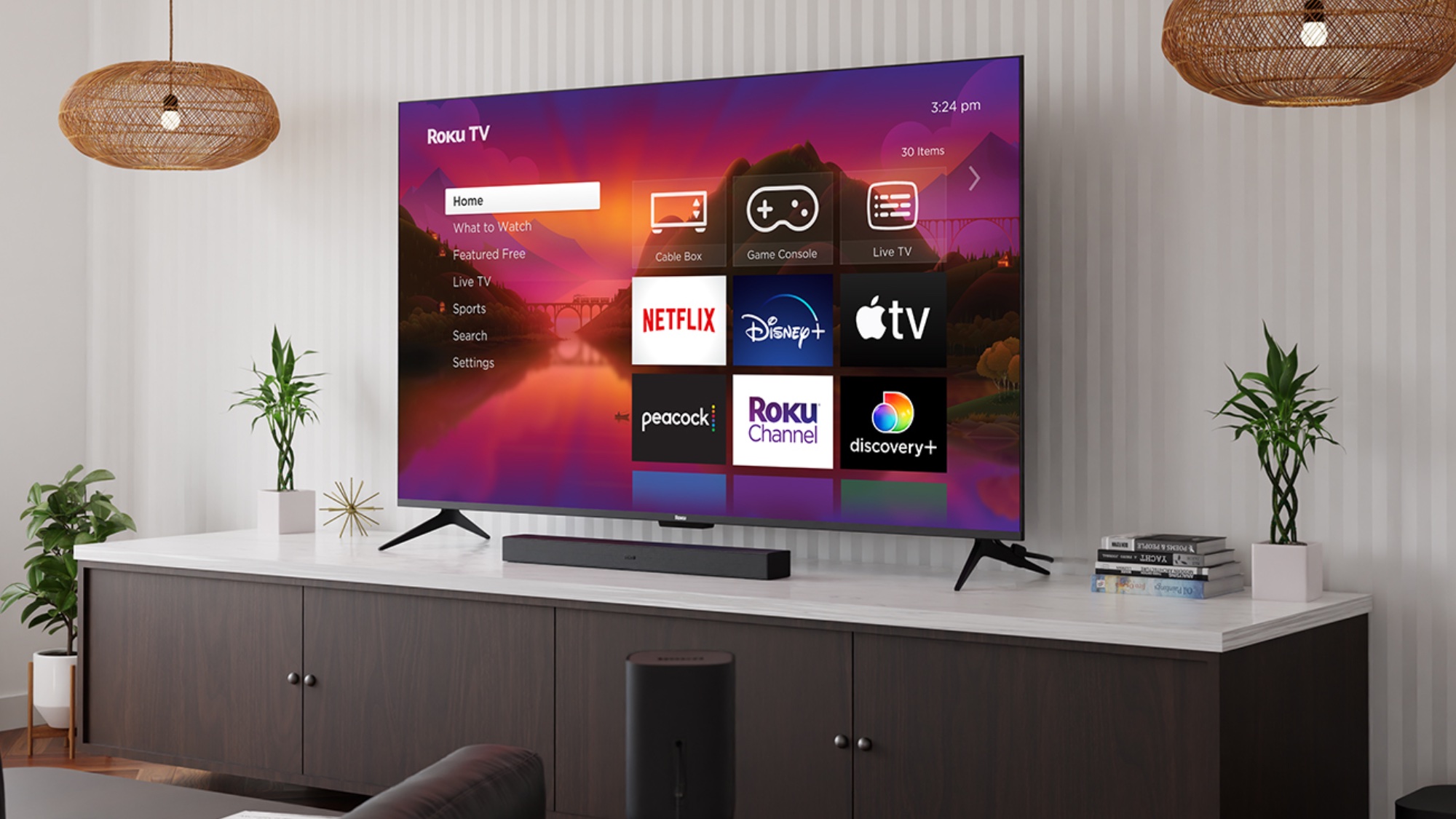

Specifications
Reasons to buy
Reasons to avoid
The Roku Plus Series marks the streaming giant’s first foray into sets after long focusing on software and set-top and plug-in devices — and the move is a successful one. In addition to delivering a ton of screen for its starting price of $499, these TVs also give you surprisingly good picture quality and sound, two things that are usually the first to go with budget sets.
Despite its price, the Plus Series does not look cheap: A gray, metal bezel surrounds the screen on all sides, measuring less than an eighth-inch on the left, right, and top, and about two-thirds inch on the bottom to allow for a front-and-center chrome Roku logo.
The Plus Series uses quantum-dot LED technology to produce more and more vivid colors and increased brightness. And in everything we watched, we found that the TV lived up to Roku’s claims. Picture vibrancy does start fading as you move away from the center of the screen, but it took a fair distance for the display to look unbearable.
All in all, the Plus Series is well-suited to watching just about anything except super-fast action such as sports, thanks to the panel’s limited 60Hz refresh rate.
Read our full Roku Plus Series QLED TV review.
Best big-screen TV
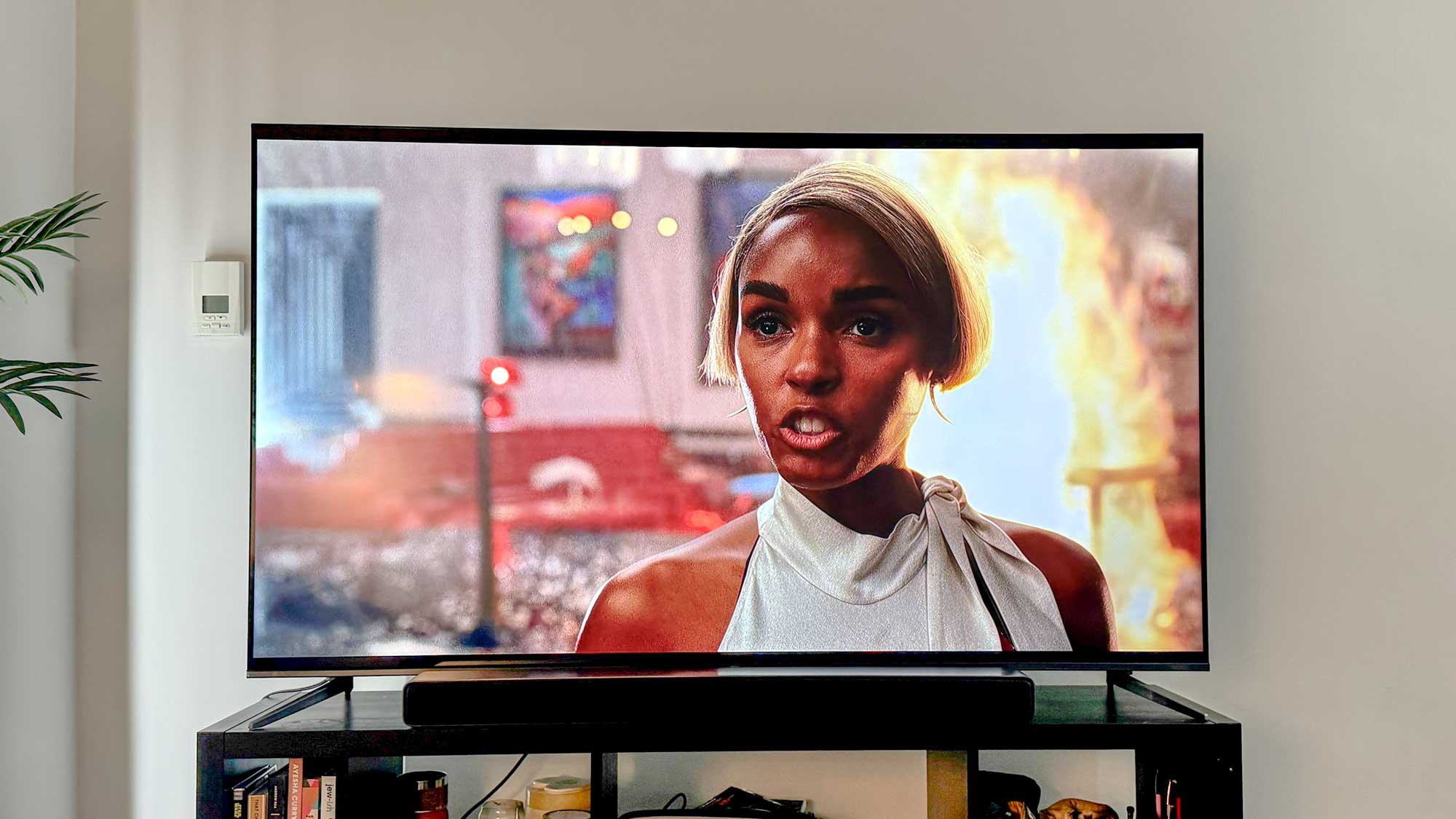
Specifications
Reasons to buy
Reasons to avoid
If you're shopping for a big screen on a budget, you ought to look into the TCL Q6. It's an affordable TV with wide appeal, thanks to some key features. Right now, the 75-inch version can be found on sale for around $550, while the 85-inch Q6 is on sale for an astonishing $800.
The Q6 won't turn heads the way a brighter, higher-end TV might, but its display leverages quantum dots for better overall brightness and color volume. It's not quite cut out for daytime viewing in a heavily sun-soaked room, but it most living spaces should be fairly accommodating for its modest backlight. Regardless of what you're watching — be it cable TV, Netflix, or an over-the-air broadcast — the Q6 looks great, especially in its most accurate picture mode.
The Q6 arrives with the Google TV smart platform baked right into the software — another win for the budget-oriented, set-it-and-forget-it crowd. Google TV is one of our preferred smart platform due to its ease of use and wide selection of downloadable apps.
Compared to a mid-range or high-end TV, there aren't as many gaming-related features on board, but the TCL Q6 nevertheless supports ALLM and VRR. And, although 4K gaming at 120Hz is out of the question, the Q6 is capable of showcasing 1080p and 1440p content at 120Hz, which could be nifty for semi-serious gamers.
It's a great all-around TV at a reasonable price. At the time of writing, it's getting harder to find in stock, however.
Read our full TCL Q6 QLED TV review.
How we test TVs
You can read a full explanation of our TV-testing process, but in a nutshell every single TV review with a score has undergone in-depth, scientific testing and real-world use. We believe that gathering data about a TV's performance is just as important as spending time with it in our own living rooms.
We keep track of how well TVs perform in areas like color saturation, peak brightness in a 10% window, input latency, and more, and then we can compare TVs against one another in an apples-to-apples way.
By using a hybrid approach that blends real-world use with lab tests, we're able to better understand what TVs look like in your home, both the good and the bad, while using empirical data to back up our observations.
How to choose the best TV under $1,000
At the end of the day, the most important aspects of any TV are pretty simple. Find a set that fits your budget, has the main features you want, and then check reviews to make sure it doesn't have any performance issues.
For less than a grand, you can still check off most of the must-have features you've envied on more expensive sets, like QLED for better color and brightness, a full-featured smart TV experience, complete with voice control and smart home integration, and features like Dolby Vision HDR and Dolby Atmos sound. You might have to look at last year's sets, but they're still great and offer fantastic value.
Size: You won't have to compromise on screen size, either. Our recommendations above include great options at 55, 65 and even 75-inch sizes, so your budget doesn't have to prevent you from getting a TV that's just as big as you want. Find the screen size that works best for you in our article What size TV should you buy?
HDR: For the best picture, we recommend getting a set that offers high dynamic range (HDR) support. HDR10 is the base standard, while HDR10+ and Dolby Vision are higher-caliber formats; we recommend opting for for one of the latter when you have the choice, or better still both.
Pay attention to ports: We recommend getting a TV with 4 HDMI ports whenever possible. And even though they do cost more, we prefer TVs that have HDMI 2.1 connections. They offer better gaming features and will keep your TV up to date for much longer.
Smart TV features: Pretty much every TV on the market is smart these days, so don't hesitate to get a smart TV. However, make sure that the operating system of the TV in question has the apps you want because not all of them do. And some platforms offer advanced features like smart home controls and voice assistant capability.
From smart functions to port selection, we offer plenty of advice in our TV buying guide, which explains the ins and outs of features like HDR, different types of display, and even extended warranties. And if you still have questions about smart TV features and capabilities, check out Smart TVs: Everything you need to know.
FAQs
What features are worth paying more for?
While you can get most of what you want in a smart TV for $1,000 or less, there are a few exceptions.
Bigger screens: If you want to get a really big screen, today's largest TVs go bigger than 75 inches, and as a general rule, anything over the 75-inch mark will be more expensive, and almost always costs more than $1,000. Sometimes a lot more.
OLED: As the uncontested premium display technology, OLED screens don't come cheap, and even the most affordable OLED TVs often sport price tags that exceeds the $1,000 budget. Still, if you know where to look, you can find good deals on entry-level OLED sets, like the aforementioned LG B4.
8K resolution: Even as 8K TVs become more common and start to climb down from the astronomical prices they debuted at, there's still nothing on the market that can be considered affordable. With the cheapest 8K sets still selling for thousands, there's just no way to get that sort of resolution for under $1,000. (The good news? Even if you wanted to spend more, we still wouldn't recommend an 8K TV, so don't sweat it.)
Whether any of these features are important to you comes down to your own expectations and needs, but if you've got your heart set on these premium features, get ready to go beyond the $1,000 mark, because they don't come cheap.
Sign up to get the BEST of Tom's Guide direct to your inbox.
Get instant access to breaking news, the hottest reviews, great deals and helpful tips.

Nick Pino heads up the TV and AV verticals at Tom's Guide and covers everything from OLED TVs to the latest wireless headphones. He was formerly the Senior Editor, TV and AV at TechRadar (Tom's Guide's sister site) and has previously written for GamesRadar, Official Xbox Magazine, PC Gamer and other outlets over the last decade. Not sure which TV you should buy? Drop him an email or tweet him on Twitter and he can help you out.
- Michael DesjardinSenior Editor, TV
